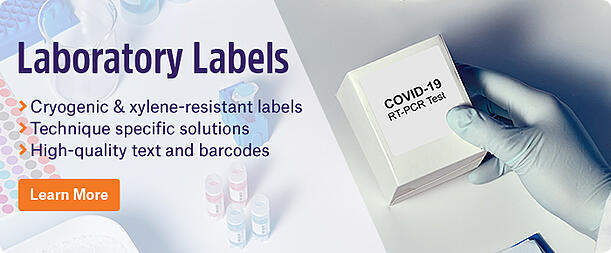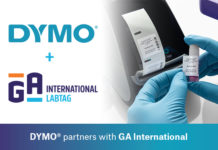
Maintaining research integrity is a serious issue in the field of scientific research, especially when it comes to academic research. Funded by taxpayers, there is an inherent assumption that the science published using government-awarded funds and grants should be honest and trustworthy. However, as acclaim and future funding are often given to those with the most significant discoveries, making it enticing to some to misrepresent or outright falsify data and plagiarize studies to bolster publications. Unfortunately, breaches of research integrity occur far too often; in a 2021 meta-analysis of 23,228 scientists across 18 countries, the prevalence of questionable research practices was a whopping 12.5%, 17.6% of which were related to data management practices.1
The role of standardization and record keeping
When it comes to questionable research practices, particularly those involved with data management, one of the primary solutions is to employ standardized practices and thorough record keeping. Nowhere is this more apparent than in biopharmaceutical industrial labs, where regulatory agencies have mandated that all labs integrate real-time data tracking via laboratory information management systems (LIMS) or other equivalent software to ensure that all results and analyses are recorded accurately. This level of standardization is the backbone to prevent mishaps, errors, and bias from creeping into results, making it simple to track potential data misrepresentation.
Data tracking using optimized identification systems
Regarding the nuts and bolts of a standardized approach to record keeping, software, such as a LIMS and electronic notebook (ELN), are often integrated with sophisticated sample tracking systems. These identification systems rely on barcodes and/or RFID to verify each sample as it’s processed throughout any given workflow. As such, from the beginning, inventories of reagents and samples are monitored via labels containing not only information on their identity but also data on their volumes, location, processing date, and storage date, among other details. These details, along with test results and analyses, are then contained in a cloud-based LIMS and/or ELN, with all the appropriate personnel having access to the data. Such a detailed overview of everything in the lab makes it hard for bias to enter the workflow and allows multiple personnel to view the same data independently, ensuring analyses and conclusions are drawn appropriately.
Enhancing reproducibility
Another benefit of utilizing an optimized identification system is the effect it can have on reproducibility. With so many studies unable to be repeated to similar results, employing a LIMS with barcode and/or RFID tracking has an added effect of mitigating human errors and ensuring protocols are repeated with homogenous conditions each time. It is worth noting that using the correct system components is critical. Every lab has different workflows and sample tracking requirements; thus, customization of these systems is integral to ensure that they meet the current and changing needs of the lab to track and trace each type of sample, irrespective of laboratory environment. This means that the LIMS, tracking method (barcode vs RFID), labels, and scanners should all be properly adapted to the lab’s workflows and thoroughly tested prior to use, and staff should be adequately trained to use the system. Ultimately, once the system is fully integrated into the lab, it will bring with it the potential to promote more uniform workflows, which can help reduce bias, improve research quality, and preserve the integrity of scientific findings.
LabTAG by GA International is a leading manufacturer of high-performance specialty labels and a supplier of identification solutions used in research and medical labs as well as healthcare institutions.
- Xie Y, et al. Prevalence of Research Misconduct and Questionable Research Practices: A Systematic Review and Meta-Analysis. Sci Eng Ethics. 2021;27(4):41.


